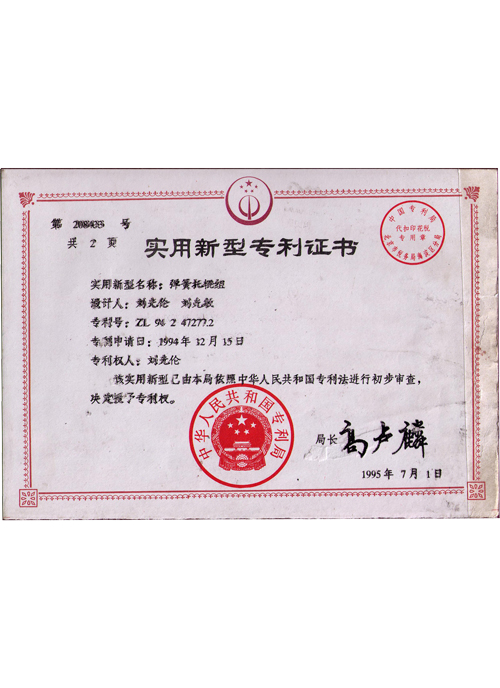 Afrikaans
Afrikaans  Albanian
Albanian  Amharic
Amharic  Arabic
Arabic  Armenian
Armenian  Azerbaijani
Azerbaijani  Basque
Basque  Belarusian
Belarusian  Bengali
Bengali  Bosnian
Bosnian  Bulgarian
Bulgarian  Catalan
Catalan  Cebuano
Cebuano  Corsican
Corsican  Croatian
Croatian  Czech
Czech  Danish
Danish  Dutch
Dutch  English
English  Esperanto
Esperanto  Estonian
Estonian  Finnish
Finnish  French
French  Frisian
Frisian  Galician
Galician  Georgian
Georgian  German
German  Greek
Greek  Gujarati
Gujarati  Haitian Creole
Haitian Creole  hausa
hausa  hawaiian
hawaiian  Hebrew
Hebrew  Hindi
Hindi  Miao
Miao  Hungarian
Hungarian  Icelandic
Icelandic  igbo
igbo  Indonesian
Indonesian  irish
irish  Italian
Italian  Japanese
Japanese  Javanese
Javanese  Kannada
Kannada  kazakh
kazakh  Khmer
Khmer  Rwandese
Rwandese  Korean
Korean  Kurdish
Kurdish  Kyrgyz
Kyrgyz  Lao
Lao  Latin
Latin  Latvian
Latvian  Lithuanian
Lithuanian  Luxembourgish
Luxembourgish  Macedonian
Macedonian  Malgashi
Malgashi  Malay
Malay  Malayalam
Malayalam  Maltese
Maltese  Maori
Maori  Marathi
Marathi  Mongolian
Mongolian  Myanmar
Myanmar  Nepali
Nepali  Norwegian
Norwegian  Norwegian
Norwegian  Occitan
Occitan  Pashto
Pashto  Persian
Persian  Polish
Polish  Portuguese
Portuguese  Punjabi
Punjabi  Romanian
Romanian  Russian
Russian  Samoan
Samoan  Scottish Gaelic
Scottish Gaelic  Serbian
Serbian  Sesotho
Sesotho  Shona
Shona  Sindhi
Sindhi  Sinhala
Sinhala  Slovak
Slovak  Slovenian
Slovenian  Somali
Somali  Spanish
Spanish  Sundanese
Sundanese  Swahili
Swahili  Swedish
Swedish  Tagalog
Tagalog  Tajik
Tajik  Tamil
Tamil  Tatar
Tatar  Telugu
Telugu  Thai
Thai  Turkish
Turkish  Turkmen
Turkmen  Ukrainian
Ukrainian  Urdu
Urdu  Uighur
Uighur  Uzbek
Uzbek  Vietnamese
Vietnamese  Welsh
Welsh  Bantu
Bantu  Yiddish
Yiddish  Yoruba
Yoruba  Zulu
Zulu Understanding the Importance and Functionality of Tail Drum Pulleys in Conveyor Systems
Understanding Tail Drum Pulleys Function and Importance in Conveyor Systems
In various industrial applications, the tail drum pulley plays a crucial role in the efficient functioning of conveyor systems. These pulleys are integral components found at the terminal end of conveyor belts, serving multiple purposes that enhance the overall operation of material handling processes. This article explores the design, function, and importance of tail drum pulleys in conveyor systems.
What is a Tail Drum Pulley?
A tail drum pulley, also known as a tail pulley or return pulley, is located at the end of a conveyor system where the belt returns after discharging its load. Unlike the head pulley, which drives the conveyor belt and is located at the loading end, the tail drum bilaterally supports the belt's return path and ensures continuous movement through the system. The construction of tail drum pulleys varies depending on the specific requirements of the conveyor system, including factors such as size, load capacity, and environmental conditions.
Functionality
The primary function of the tail drum pulley is to guide the return of the conveyor belt while contributing to its tension and alignment. This is essential for the following reasons
2. Tension Maintenance By providing an anchoring point, the tail drum pulley aids in tensioning the belt, which is critical for ensuring that the belt operates smoothly and efficiently. Proper tension is essential for minimizing energy consumption and prolonging the life of the conveyor belt.
3. Support and Stability The tail pulley offers support to the conveyor system, absorbing some of the operational stresses and loads, thus extending the overall durability of the conveyor setup.
tail drum pulley

4. Load Transfer After material discharge, the tail drum pulley aids in the efficient transfer of the returned belt, maintaining a seamless operation between loaded and unloaded sections of the conveyor system.
Materials and Design
Tail drum pulleys are commonly constructed from durable materials such as steel, aluminum, or even rubberized composites, depending on the operational environment they are designed to withstand. The design may vary, featuring a cylindrical shape with a smooth or textured surface to enhance grip and reduce slippage during operation.
Manufacturers often include features such as a sealed bearing system to reduce maintenance needs and enhance the lifespan of the pulley. Moreover, dust covers and protective coatings are sometimes applied to ensure protection against harsh industrial environments, including exposure to moisture, dust, and extreme temperatures.
Importance in Material Handling
The role of tail drum pulleys in material handling systems cannot be overstated. They ensure the continuity and reliability of conveyor operations, which are vital for various industries such as mining, manufacturing, and logistics. A failure or malfunction of the tail pulley can lead to unforeseen downtime, causing significant losses in productivity and operational costs.
Moreover, as industries increasingly emphasize automation and streamlined processes, the efficiency of conveyor systems—and by extension, their tail drum pulleys—has become even more critical. Modern advancements in technology have led to the development of smart pulleys equipped with sensors to monitor performance and predict maintenance needs, thus revolutionizing the concept of preventive maintenance.
Conclusion
In summary, tail drum pulleys are vital components of conveyor systems, providing essential functions that ensure the efficient, stable, and continuous movement of materials in various industrial applications. Understanding their role enhances awareness of their importance in optimizing operational efficiency and reducing downtime in material handling processes. As industries evolve, so too will the design and functionality of tail drum pulleys, continuing to play a significant part in the future of automated material handling solutions.
-
Revolutionizing Conveyor Reliability with Advanced Rubber Lagging PulleysNewsJul.22,2025
-
Powering Precision and Durability with Expert Manufacturers of Conveyor ComponentsNewsJul.22,2025
-
Optimizing Conveyor Systems with Advanced Conveyor AccessoriesNewsJul.22,2025
-
Maximize Conveyor Efficiency with Quality Conveyor Idler PulleysNewsJul.22,2025
-
Future-Proof Your Conveyor System with High-Performance Polyurethane RollerNewsJul.22,2025
-
Driving Efficiency Forward with Quality Idlers and RollersNewsJul.22,2025





























